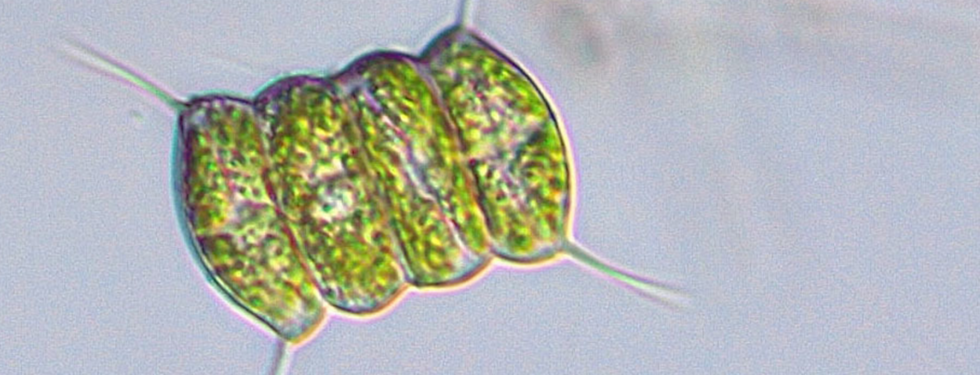Microalgae for pollution removal is the topic of two recent studies by MAX IV users. The storage mechanism of phosphorous in the algae was investigated in detail contributing to method development for pollution removal from wastewater. The phosphorous-containing algae can, in turn, be used to soak up metal pollutants.
Highlights
ForMAX beamline celebrates 1 year in operations
November 1 marks one year since ForMAX beamline officially opened for user experiments. Congratulations to ForMAX and everyone involved in making ForMAX possible! It has been one exciting first year.

